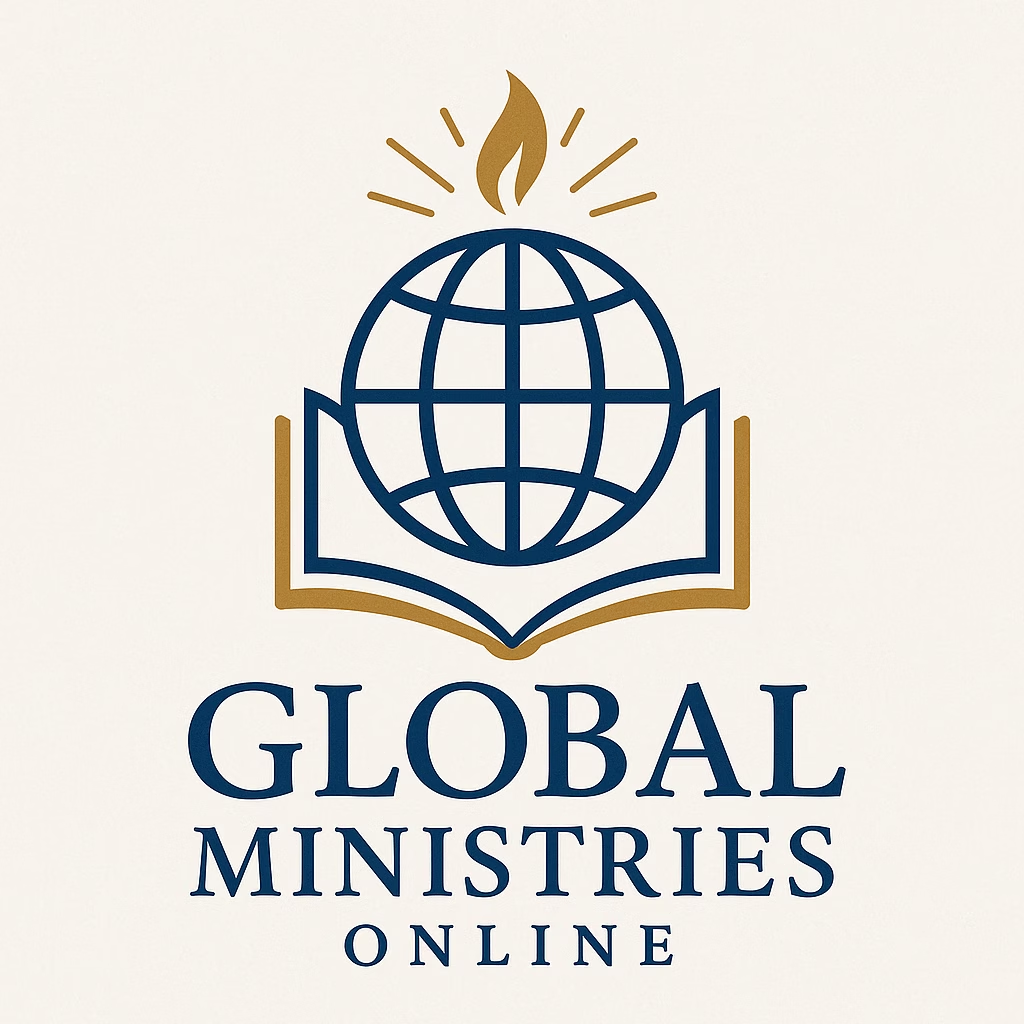Church mission planning is a cornerstone of effective ministry, serving as the roadmap for spreading God’s word and serving others. Whether your congregation is exploring short-term missions, long-term commitments, or community outreach, a well-defined mission plan is essential for success. This comprehensive guide delves into the intricacies of church mission planning, addressing common questions and providing actionable insights to help leaders navigate the complexities of organizing meaningful missions. From understanding the components of a successful mission plan to exploring the four types of missions and identifying the five key actions needed for execution, this article offers a thorough exploration of the subject. Additionally, it provides practical advice on planning church mission trips, understanding the four parts of a church mission, and determining who pays for these trips. By leveraging the right tools and resources, such as church planning software and downloadable workbooks, your congregation can ensure a well-prepared and impactful mission effort. Join us as we uncover the essentials of church mission planning and empower your congregation to achieve their divine calling.
Key Takeaways
– Define Purpose and Goals: Clarity in mission objectives ensures alignment with the church’s broader mission.
– Establish Clear Objectives: Measurable goals like serving a certain number of people or completing projects enhance trip effectiveness.
– Choose a Suitable Location: Safety, accessibility, and cultural relevance are paramount for a successful mission.
– Secure Resources: Effective funding acquisition and logistics planning are vital for smooth operations.
– Select Team Members: A committed and skilled team, led by experienced leaders, guarantees readiness.
– Prepare Thorough Logistics: Organized travel, housing, and role assignments streamline the mission execution.
– Promote the Trip: Utilizing church communications fosters participation and support.
– Obtain Permits/Documentation: Compliance with local regulations ensures trip legitimacy.
– Conduct Team Training: Spiritual and practical preparation equips the team for challenges ahead.
– Evaluate and Mitigate Risks: Contingency planning addresses potential obstacles.
– Communicate Expectations: Clear roles and responsibilities set the foundation for success.
- Four Pillars of Church Mission: Aligning missions with Proclaiming the Gospel, Perfecting Saints, Redeeming the Dead, and Caring for the Poor ensures mission integrity.
- Church Mission Funding: Collaboration between participants, supporters, and the church efficiently manages expenses like travel, meals, and materials.
- Mission Success Through Collaboration: Well-organized planning, aligned with the church’s mission, leads to impactful outcomes.

What is the Mission Plan of a Church?
A church’s mission plan is a strategic guide that outlines its purpose, goals, and actions to fulfill its divine calling. It serves as a roadmap for the congregation to live out its faith, serve the community, and grow spiritually. Below is a detailed breakdown of key components of a church mission plan:
1. Vision Statement
The mission plan begins with a clear vision statement that defines the church’s overarching goal. This statement reflects the church’s core values and aspirations, often inspired by biblical principles and the broader mission of Christianity.
2. Mission Objectives
Mission objectives are specific, measurable goals that align with the vision. These objectives may include outreach initiatives, discipleship programs, community service, and internal growth strategies.
3. Strategic Initiatives
Strategic initiatives are actionable projects designed to achieve the mission objectives. These can include youth ministries, missions trips, stewardship campaigns, and partnerships with local organizations.
4. Implementation Plan
The implementation plan details how the strategic initiatives will be executed. This includes timelines, responsibilities, resource allocation, and communication strategies to keep the congregation informed and engaged.
5. Evaluation Metrics
To ensure effectiveness, the mission plan includes measurable outcomes. These metrics help assess progress toward achieving the stated goals and allow for adjustments as needed.
6. Leadership Roles
Effective mission planning requires strong leadership. The plan identifies key roles for pastors, deacons, volunteers, and lay leaders to oversee various aspects of the mission.
Examples of Effective Mission Plans
A well-crafted mission plan can inspire and guide the congregation. For instance, many churches adopt a mission plan focused on “Making Disciples of Christ” through weekly Bible studies, community outreach, and international missions.
Common Pitfalls to Avoid
- Overloading the plan with too many initiatives, leading to burnout.
- Failing to involve the congregation in the planning process.
- Neglecting to define clear metrics for success.
By thoughtfully developing and executing a mission plan, a church can better achieve its God-given purposes and leave a lasting impact on its community and beyond.
What Are the 4 Types of Missions?
Missions can take various forms depending on their duration, focus, and objectives. Here are the primary types of missions:
- Short-Term Missions : These are typically week-long to month-long trips designed for individuals or groups to engage in hands-on service projects, often in partnership with local churches or organizations.
- Long-Term Missions : These involve commitments ranging from several months to years, where participants live in a foreign country or among a specific people group to share the gospel and support missionary work.
- Relational Missions : Focused on building relationships through community engagement, these missions emphasize connecting with people in need, offering love and support while fostering mutual understanding and trust.
- Service-Based Missions : Centered around providing aid and assistance, these missions may involve humanitarian efforts such as healthcare, education, construction, or disaster relief.
Each type of mission serves unique purposes and caters to different skills, interests, and commitments. Whether short or long term, these missions aim to spread the gospel, support vulnerable communities, and build lasting connections.

What are the five actions of the Church mission?
The Church mission revolves around five primary actions that guide its operations and outreach:
- Evangelism and Outreach:** The Church actively engages in spreading the Gospel through various programs, missions, and community outreach initiatives.
- Discipleship and Spiritual Growth:** Emphasizing personal spiritual development and helping individuals grow in their faith and relationship with God.
- Service and Compassion:** Providing support to those in need through acts of kindness, charity work, and community service.
- Education and Ministry:** Offering educational programs, Bible studies, and leadership training to equip believers for ministry and service.
- Worship and Fellowship:** Focusing on corporate worship, prayer, and building strong communal relationships among members.
These actions collectively aim to fulfill the Church’s mandate of spreading God’s love, serving others, and growing His kingdom on earth.

How to Plan a Church Mission Trip
To effectively plan a church mission trip, follow these organized steps:
1. Define the Purpose and Goals
Clearly identify the mission’s objective and align the team’s expectations. Determine whether the trip aims to serve, build relationships, or conduct specific outreach activities.
2. Establish Clear Objectives
Set measurable goals for the trip, such as the number of people served, projects completed, or spiritual growth achieved by participants.
3. Choose a Suitable Location
Select a destination that aligns with the mission’s purpose, ensuring safety, accessibility, and cultural appropriateness. Consider factors like travel distance, climate, and local conditions.
4. Secure Necessary Resources
Identify and secure funding through donations, grants, or church budgets. Arrange for transportation, accommodation, and essential supplies.
5. Select Team Members
Recruit committed individuals who share the mission’s vision and possess relevant skills. Include experienced leaders to guide the team effectively.
6. Prepare Thorough Logistics
Organize travel arrangements, housing, and daily schedules. Ensure all team members understand their roles and responsibilities.
7. Promote the Trip Within the Church
Use church communications channels to announce the trip, encourage participation, and seek prayers and financial support.
8. Obtain Required Permits and Documentation
Secure necessary permits, visas, or insurance policies to comply with local regulations and ensure the trip’s legality.
9. Conduct Team Training
Hold orientation sessions to prepare the team for the mission, covering topics like cultural awareness, teamwork, and spiritual preparation.
10. Evaluate and Mitigate Risks
Assess potential challenges such as health issues, weather, or logistical hurdles. Develop contingency plans to address these risks.
11. Communicate Expectations and Responsibilities
Clearly communicate the trip’s details, including departure dates, return plans, and what participants are expected to bring or contribute.
By following these steps, your church mission trip will be well-organized and impactful, benefiting both your congregation and the communities you serve.
What Are the Four Parts of the Mission of the Church?
The mission of the church encompasses four primary objectives that guide its activities and outreach. These objectives are rooted in biblical teachings and reflect the church’s commitment to serving God and humanity.
- Proclaim the Gospel :
The church’s primary responsibility is to share the Good News of Jesus Christ. This involves spreading the message of salvation through word and deed, reaching out to people of all nations and backgrounds. The gospel is not just words but also actions of love and service. - Perfect the Saints :
Another key aspect of the church’s mission is to equip and grow believers in their faith. Through teaching, mentoring, and community involvement, the church helps individuals mature in their relationship with Christ, becoming more like Him in character and service. - Redeem the Dead :
The church also focuses on those who have passed away. Through prayer, acts of remembrance, and ministries of compassion, the church seeks to bring hope and comfort to the departed and their families, helping them find peace in Christ. - Care for the Poor and Needy :
The church serves as a beacon of hope and assistance to those in need. Whether through humanitarian efforts, social services, or advocating for justice, the church works to alleviate suffering and promote dignity among the marginalized.
These four parts collectively define the church’s mission, encapsulating its role as a spiritual, social, and compassionate force in the world.

Who Pays for Church Mission Trips?
Church mission trips are often funded through various channels, depending on the organization and the nature of the trip. Here’s a breakdown of how these trips are typically covered:
1. Supporters and Participants
The primary source of funding for many church mission trips comes from the participants themselves and their supporters. Many individuals or groups raise money through donations, which are then allocated specifically for the mission trip.
2. Church Budgets
Churches often allocate a portion of their budget to support mission trips. This can include covering travel expenses, accommodation, and other necessary costs for the team members.
3. Charitable Contributions
Supporters may contribute to specific mission trips through charitable giving. These contributions can be directed toward particular projects or teams, ensuring that the funds are used as intended.
4. Fundraising Efforts
Churches may organize fundraising events, such as bake sales, auctions, or benefit concerts, to raise money for mission trips. These efforts help defray the costs associated with the trips.
5. Grant Funding
In some cases, mission trips may receive grants from larger organizations or foundations that support missionary work. These grants can provide significant financial assistance to the participating churches or teams.
6. Personal Contributions
Individual members of the mission team may personally contribute to the trip’s costs, either through their own savings or by seeking contributions from their personal network.
How Are These Funds Used?
The funds raised or donated are typically used to cover expenses such as: – Travel and accommodation – Meals and other daily needs – Materials or resources needed for the mission work – Any unexpected costs that arise during the trip
Conclusion
The payment for church mission trips is a collaborative effort involving participants, supporters, and the church itself. By working together and utilizing various fundraising strategies, churches can ensure that their mission trips are well-supported and successful in achieving their goals.
To learn more about how to support mission trips or get involved, visit our Global Ministries Online platform, where you can find resources, inspiration, and ways to contribute.




0 Comments